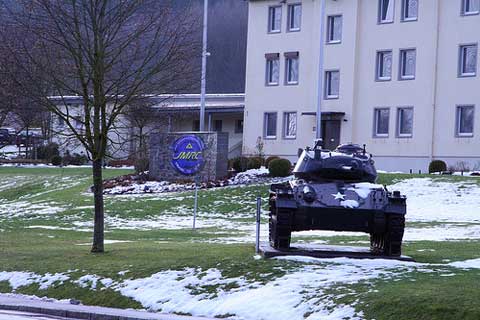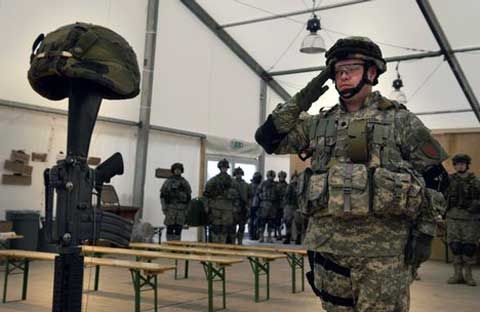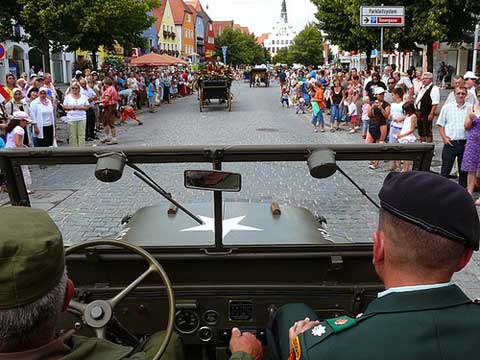From 2005, Hohenfels was a small installation with approximately 5.000 in active service, members of the family, and the civilians. The total included population: personal 2012 in active service, 670 civilians, 618 natives of the country in 618, 2.000 members of the family, and 2.500 of other persons included the scholars to what at the time it was the fight against the maneuver of training. These individuals combined for a total of 7.890 persons in the community Hohenfels. It was located in a rural zone in the condition of Bavaria. It was less than one hour in car of Nuremberg, Regensburg, and the Czech Republic.
USAG Hohenfels Facts
- Website: Visit USAG Hohenfels Website ›
- Location: near the border of the Czech Republic, Germany
- Phone: 011-49-711-680-113
- Latitude: 52.584563
- Longitude: 10.753928
- DSN: 314-430-1110
Tourist zones comoel of the Austrian Alps, Munich, or Neuschwanstein’s castle, were less than 3 hours of Hohenfels. Housing in the community military Hohenfels spread widely to end. There were neighborhoods so far away as a unit of 1 hour. Though great part of the Army of USA. Europe (USAREUR) there was reduction for the year 2005; Hohenfels continued growing and the change as part of the Army after the Cold War, largely due to the closing of other facilities and the movement of units to Hohenfels.
Hohenfels Area of Formation went of approximately 45 kilometers to Grafenwoehr southwest, and was lower than 60 miles of the border with Czech Republic. It was located in Neumarkt’s County in the district of High place Palatinado, in the condition independent from Bavaria.
The region was a part of the High place Palatinado Jura and high lands that Danube was spreading from Amberg in the north up to the river in the south. The features typical of the Jura were a mountainous area with rocky softly rounded formations, mixed forests of coniferous and of expired leaf, dry valleys and a general shortage of water resources. The cultivable land in the lowest sections between the hills is of low fertility, often cutlery of eroded rocks and limestone.




No comments yet.